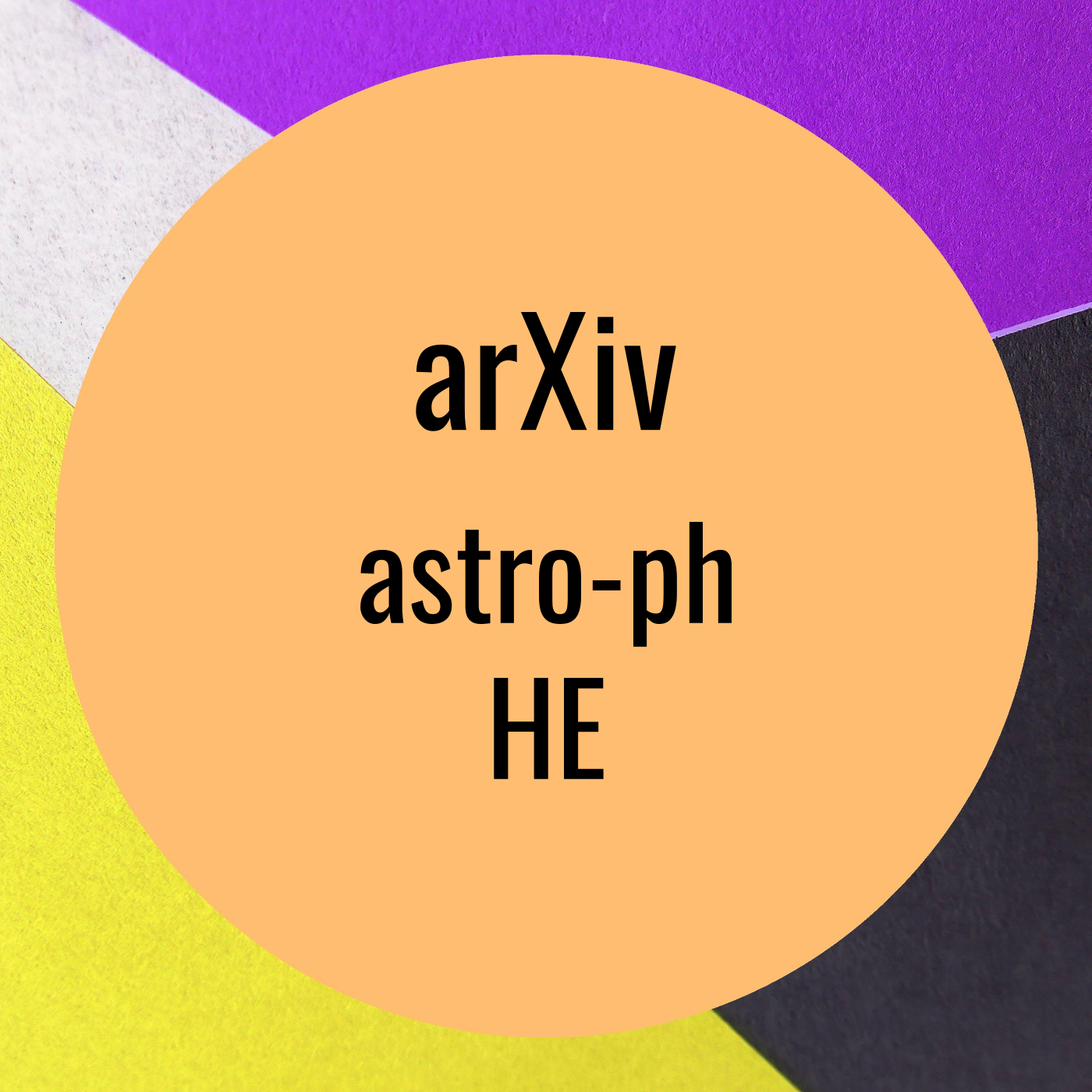Scattering variability detected from the circumsource medium of FRB 20190520B
Description
Scattering variability detected from the circumsource medium of FRB 20190520B by S. K. Ocker et al. on Wednesday 30 November
Fast radio bursts (FRBs) are millisecond-timescale radio transients, the
origins of which are predominantly extragalactic and likely involve highly
magnetized compact objects. FRBs undergo multipath propagation, or scattering,
from electron density fluctuations on sub-parsec scales in ionized gas along
the line-of-sight. Scattering observations have located plasma structures
within FRB host galaxies, probed Galactic and extragalactic turbulence, and
constrained FRB redshifts. Scattering also inhibits FRB detection and biases
the observed FRB population. We report the detection of scattering times from
the repeating FRB 20190520B that vary by up to a factor of two or more on
minutes to days-long timescales. In one notable case, the scattering time
varied from $7.9\pm0.4$ ms to less than 3.1 ms ($95\%$ confidence) over 2.9
minutes at 1.45 GHz. The scattering times appear to be uncorrelated between
bursts or with dispersion and rotation measure variations. Scattering
variations are attributable to dynamic, inhomogeneous plasma in the
circumsource medium, and analogous variations have been observed from the Crab
pulsar. Under such circumstances, the frequency dependence of scattering can
deviate from the typical power-law used to measure scattering. Similar
variations may therefore be detectable from other FRBs, even those with
inconspicuous scattering, providing a unique probe of small-scale processes
within FRB environments.
arXiv: http://arxiv.org/abs/http://arxiv.org/abs/2210.01975v2
More Episodes
Hard X-ray Observations of the Hydrogen-poor Superluminous Supernova SN 2018hti with NuSTAR by Igor Andreoni et al. on Wednesday 30 November
Some Hydrogen-poor superluminous supernovae are likely powered by a magnetar
central engine, making their luminosity larger than common supernovae....
Published 11/30/22
Fundamental physics with neutron stars by Joonas Nättilä et al. on Wednesday 30 November
Neutron stars are rich laboratories of multiple branches of modern physics.
These include gravitational physics, nuclear and particle physics, (quantum)
electrodynamics, and plasma astrophysics. In this...
Published 11/30/22
Published 11/30/22


